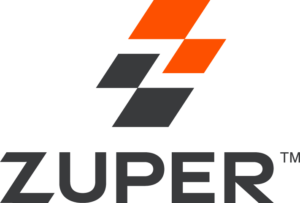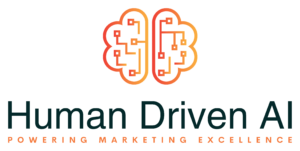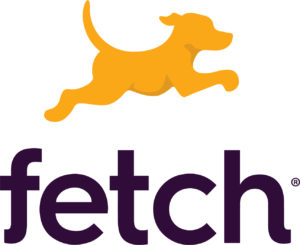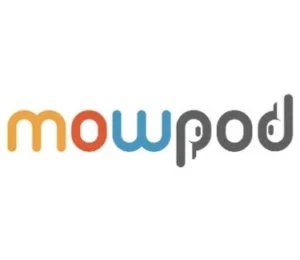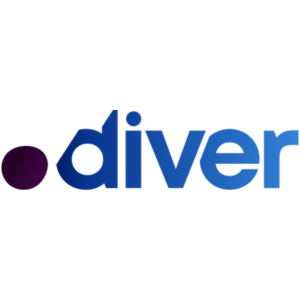Why Prebid should be top-of-mind for publishers
Paul Ryan
OpenX

- Part 1Why cloud technology supports the digital advertising industry holistically
- Part 2 Why Prebid should be top-of-mind for publishers
Show Notes
Quotes
-
“Pre-bid is really associated with the whole concept of header bidding. Header bidding was an approach that was created six years ago to allow exchanges to all competes, so exchanges like OpenX Programmatic or the Rubicon Project to all compete for an impression equally on the page when the page view is occurring.” -Paul“It was an attempt with the fact that the Google Ad Manager double-click for publishers and with AdEx, their exchange basically had wrapped up all of the inventory in the universe and left a little bit amount of inventory for the rest of the world that wasn’t using Google Ad Manager.” -Paul“The publishers started getting nervous about that with all of their revenue coming from Google so header bidding was invented by one of the engineers here at OpenX to get around that exclusion. Basically, you can put some code on apage that calls to a lot of Rubicon and the likes get the best bid from them and then send it back to the Ad Manager.” -Paul“Then the Ad Manager would try to compete for that via AdX and if it couldn’t Rubicon would win or OpenX would win. In a sense, it opened up all these inventories that were just floating through Google and it caused an explosion of activity within programmatic.” -Paul“Pre-bid is an open-source set of code and it’s an organization called prebid.org that provides a free javascript container that a publisher can put on their pages and in that container, there are around 150 adapters in there. One to call OpenX, or Rubicon, and that container will run the auction for you on-page.” -Paul“Google is not on Prebid. Prebid is it’s own thing because Google is the default monetization path for most publishers. Since they have Google Ad Manager, that talks directly to AdX as a demand source. What’s happening is that all of those Prebid SSPs we all compete, we get the highest bid out of that we then send it up to the Ad Manager which compares it to the highest bid from AdX and whoever wins, wins.” -Paul “These days you have supply-side platforms which are probably better called ‘exchanges’ that integrates with pubs through a variety of mechanism. OpenX integrates with a given pub either through Prebid, they include us in the Prebid container, Google has a product called Open Bidding which is like a header bidding equivalent so we can get traffic from the same pub through Open Bidding and frankly, there’s the transparent Ad Marketplace with Amazon or TAM and that could be the third way, we get inventory generally through these mechanisms.” -Paul “It gets sprayed out and then a given marketer working with a DSP might see the same impression 4,5, 6 or 30 times through different paths and those have all different characteristics. You were right to be confused, it is incredibly complex for what it is trying to accomplish.” -Paul“There are algorithms in terms of what the goal is through the campaign whether it be CPA or some ROI metric, some offline conversion metric they are optimizing their bidding strategy using that data that they have on what they bid, what impression they get as a result, what the cost is or the cost per conversion so that’s heavily automated within the demand-side platform (DSP).” -Paul“So you set campaign goals and then the algorithms adjust the bids because they might be getting trillions and trillions of bid request a day across their platform so they have to be able to quickly decide if they want it or not.” -Paul“It is part of the problem of if there is too much concentration revenue on one path what typically happens is the margins on that path come to start creeping up. Something changes one day in terms of what is going on within the Google ecosystem and your monetization can vary widely.” -Paul“Google and Amazon are kind of opaque, they give you metrics and what-have-yous but you know in Prebid, for example, that OpenX bid put a $1.50 on and there’s some Rubicon bid at $1.52, you know everything on who is bidding and where it’s coming from and the analytics provided is very, verytransparent. It is an alternative channel and it’s also mobile as well.” -Paul“What happened after header bidding was launched was pubs made more money. We have an economic incident that occurred that proves the point. You need alternative channels. Inany form of negotiation, if you have two potential parties, that is better than just having one source.” -Paul“It is not an either-or distinction here. A given publisher could have all three basic solutions running on TAM, Prebid, and Google’s monetization through OB and they all compete in the AdServe, and whoever has the highest CPM wins. What most pubs have devolved to is having at least two implementations to ensure that we don’t get some discontinuity on specific types of traffic.” -Paul “The major impact as Prebid started rolling out was, it had access to inventory that you never saw before as an independent DSP and as a marketer using an independent DSP. You typically only had to go to Google for that, so all of a sudden you saw different looks at the same inventory through different channels and then understanding which is more effective for your goals and you could actually choose.” -Paul“This has actually matured into a whole program now called Supply Path Optimization (SPO) where the demand side, and then hence the marketers are choosing specific paths with publishers. Trade Desk launched a program about a month ago where they said, ‘For every publisher let’s just choose one path and you can look at the paths and they have different monetization, different average CPMs and you can choose the one that works best and use that.” -Paul“I’m not a fan of the static approach, to be honest, because that could switch next week and the only thing I’ve learned about programmatic is, it will switch next week. The fallacy everyone has is they think everyone is a normal distribution. In programmatic it’s abnormal. There are things that occur that don’t make any sense and you have no idea why. You have to be able to adjust those things quickly and automatically, that’s why I’m not particularly a fan of static pathing but it’s an attempt to choose the best path for a given marketer to actually get to the user.” -Paul “If there’s anything I’ve learned about the programmatic advertising industry is that every time I think I understand the ecosystem, I learn about something new like Prebid. It’s constantly evolving and constantly changing and constantly getting more confusing.” -Ben“The real takeaway is that Prebid is letting you do header bidding in an open-source environment where you can control the average seeings, control all the metrics, and just own it yourself. No single entity actually controls your monetization. You’re in charge of your own destiny. Now, of course, the problem with that is it takes some work to implement it.” -Paul
- Part 1Why cloud technology supports the digital advertising industry holistically
- Part 2 Why Prebid should be top-of-mind for publishers
Up Next:
-
Part 1Why cloud technology supports the digital advertising industry holistically
Today we're going to discuss how cloud computing integrates into your ad tech solutions. Joining us is Paul Ryan, the Chief Technology Officer at OpenX, which is the world's largest independent ad exchange. In part 1 of our conversation, we're going to discuss why cloud technology supports the digital advertising industry holistically.
Play Podcast -
Part 2Why Prebid should be top-of-mind for publishers
Today we're going to discuss how cloud computing integrates into your ad tech solutions. Joining us is Paul Ryan, the Chief Technology Officer at OpenX, which is the world's largest independent ad exchange. In part 2 of our conversation, we discuss why prebid should be top-of-mind for publishers




